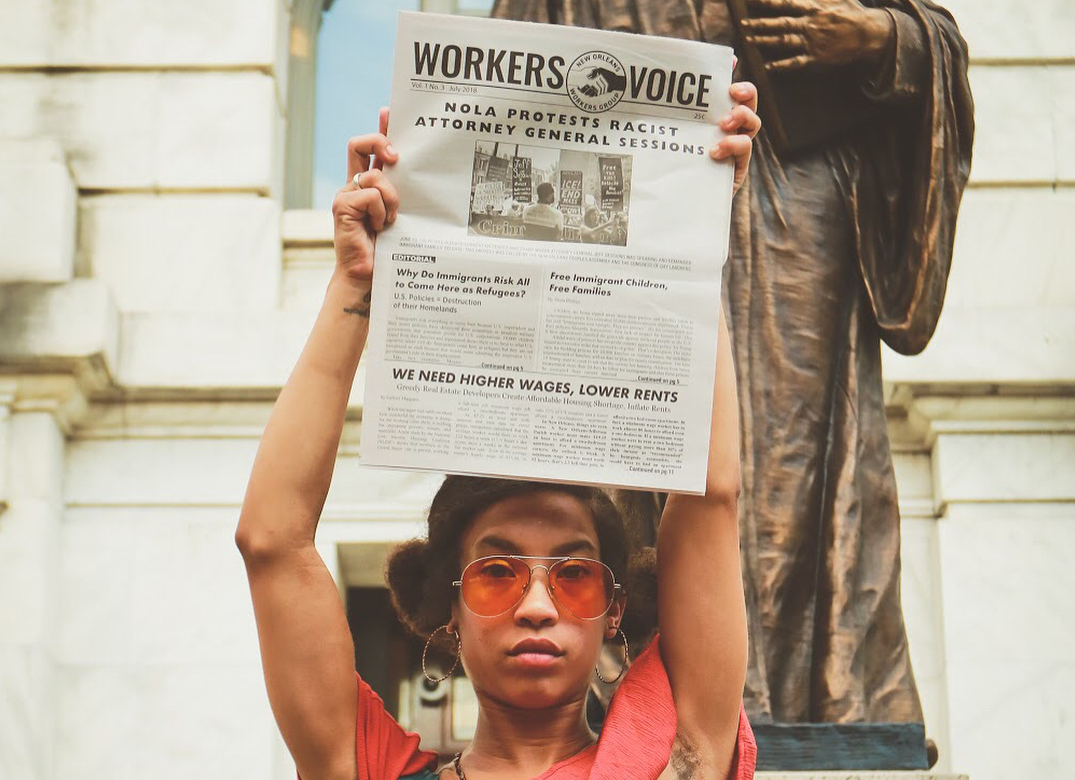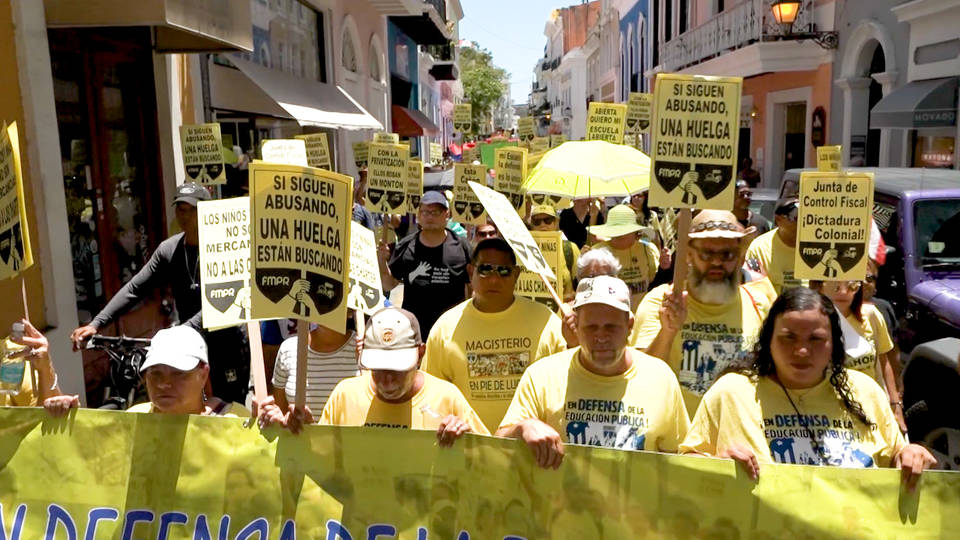By Ashlee Pintos
The United States has had its imperialist boot on the neck of Puerto Rico for well over 100 years. Both on the island and throughout the diaspora, all Puerto Ricans have been treated as second class citizens under colonial rule. As we look through the windows of the past, we see clearly how the is-land and the blood of Puerto Ricans have meant nothing but a dollar sign to U.S. Capitalists (both Democrats and Republicans).
Donald Trump’s recent racist comments on Puerto Rico’s “debt” crisis is nothing out of character for a U.S. capitalist. The U.S. Congress passed the Promesa Act under the Obama Administration which aims to force Boricuas to pay an illegitimate debt (accrued by massive tax breaks and corpo-rate ventures) of $74 billion. Since the U.S. illegally invaded and seized the island as a colony in 1898, the island’s veins have been open to the bloodthirsty U.S. capitalists. This illegitimate debt is a disas-ter that the U.S. created to keep air out of Puerto Rico’s lungs.
Let us not forget that in the early 1900s Puerto Rico suffered a hurricane similar to Maria. Then as now the US response was horrific: they deemed the Puerto Rican peso to be worth 60% of a US dollar. In the blink of an eye every Puerto Rican’s holdings dropped 40% in value.
Moreover, Puerto Rico is restricted in its ability to trade with any country other than the US while simultaneously being forced to pay one of the highest sales taxes (20%).
We know that the U.S. government is a government by and for the Wall Street banks. So—by no choice of the Puerto Rican people—it’s Wall Street banks that Boricuas are beholden to (with ever increasing interest) to cover basic expenses. To top it all off, the U.S. has made it illegal for Puerto Rico to declare bankruptcy.
Now, almost two years since hurricane Maria killed over 4,000 and left thousands without elec-tricity or basic necessities for months, Trump and U.S. officials are demanding that the island pay its debt. This seemingly hopeless situation is exactly how U.S. capitalists want it. They would prefer that Puerto Ricans cease to exist so that they can continue to build their corporate tourist play-ground. Both the debt and the United States rule are illegitimate.
Despite all that Puerto Ricans have been subjected to, we have never stopped resisting and fighting for our liberation. Most recently, many university students have been organizing against austerity measures put in place by Obama’s PROMESA board. Since Maria, there have been massive demonstrations in San Juan and other regions of the island to militantly protest austerity measures such as a 50% hike in tuition prices, privatization of the electrical grid and schools, and job and pen-sion cuts. Militant pro-independence groups such as the Ejército Popular Boricua (EPB-Macheteros) have been calling all Boricuas out into the streets to demand justice. Through hundreds of years of colonial rule Boricuas know one thing to be true: La Vida es Lucha Toda (all life is struggle).

